The Best Companion Plants For St John's Wort
St. John's wort (Hypericum perforatum) is a popular garden plant known for its bright yellow flowers that bloom in midsummer. It is also a medicinal herb that has been used for centuries to treat a variety of ailments, including depression, anxiety, and wound healing.
When choosing companion plants for St. John's wort, it is important to consider the plant's needs in terms of sunlight, water, and soil type. St. John's wort prefers full sun and well-drained soil. It is also tolerant of drought conditions.
Here are some of the best companion plants for St. John's wort:
- Aster oblongifolius (Aromatic aster): This native wildflower is a good companion for St. John's wort because it blooms at the same time and attracts similar pollinators. Aster oblongifolius is also drought-tolerant and can help to suppress weeds.

- Hibiscus moscheutos (Swamp mallow): This tall, showy perennial is a good choice for wet areas of the garden. It blooms in late summer and fall, and its large flowers attract butterflies and other pollinators. Swamp mallow can help to improve the drainage of the soil around St. John's wort.
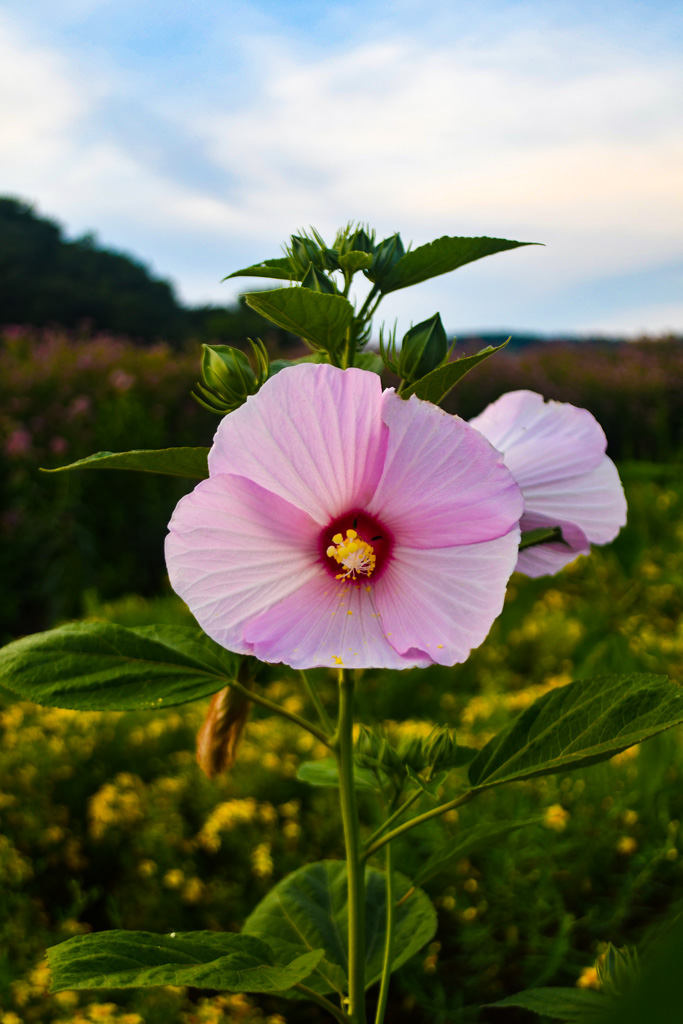
- Monarda fistulosa (Wild bergamot): This native wildflower is a good companion for St. John's wort because it blooms at the same time and attracts similar pollinators. Wild bergamot also has insect-repelling properties, which can help to protect St. John's wort from pests.
- Panicum virgatum (Switchgrass): This tall, ornamental grass is a good choice for sunny, dry areas of the garden. It blooms in late summer and fall, and its feathery plumes provide winter interest. Switchgrass can help to add structure and height to a garden bed, and it can also help to suppress weeds.
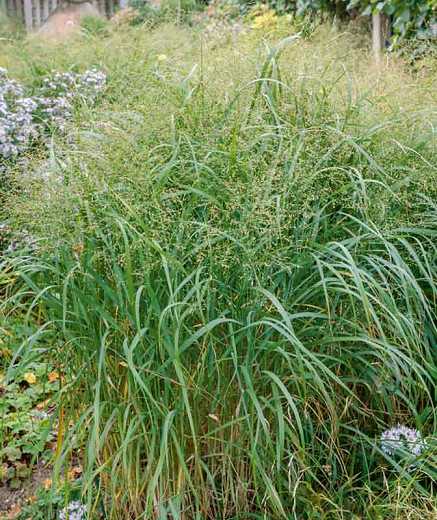
- Rudbeckia hirta (Black-eyed Susan): This cheerful wildflower is a good choice for sunny, well-drained soils. It blooms in midsummer and fall, and its bright yellow flowers attract butterflies and other pollinators. Black-eyed Susan can help to add color and contrast to a garden bed, and it can also help to attract beneficial insects.
- Silphium perfoliatum (Cup plant): This tall, native wildflower is a good choice for sunny, dry areas of the garden. It blooms in late summer and fall, and its large, cup-shaped flowers attract butterflies and other pollinators. Cup plant can help to add structure and height to a garden bed, and it can also help to attract beneficial insects.

In addition to these plants, there are many other that can be grown as companion plants for St. John's wort. When choosing companion plants, it is important to consider the plant's needs and the overall look and feel of the garden.
St. John's wort is a beautiful and versatile plant that can be used in a variety of ways, including as a companion plant. Companion planting is a gardening method that involves planting different types of plants together to help each other thrive. St. John's wort can be a great companion plant for a variety of other plants, including:
- Daisies: Daisies attract beneficial insects, which can help to control pests that may damage St. John's wort.
- Lavender: Lavender repels pests and helps to improve the soil quality around St. John's wort.
- Yarrow: Yarrow helps to improve drainage around St. John's wort and can also help to prevent fungal diseases.
If you're interested in learning more about St. John's wort companion planting, I recommend visiting Gardenia Inspiration. This website has a wealth of information on the topic, including a list of recommended companion plants, tips on how to plant them together, and more.
FAQ of st john's wort companion planting
- What are some good companion plants for St. John's wort?
Some good companion plants for St. John's wort include:
- Wood's Purple Aster: This plant attracts butterflies and other pollinators, which can help to increase the yield of St. John's wort flowers.
- Hairy Wild Petunia: This plant helps to repel pests, such as aphids and spider mites, which can damage St. John's wort plants.
- Montrose White Calamint: This plant helps to improve the drainage of the soil around St. John's wort plants, which can help to prevent root rot.
- Pixie Meadowbrite™ Coneflower: This plant has similar growing requirements to St. John's wort, and it can help to fill in spaces in the garden.
- Yarrow: This plant helps to attract beneficial insects, such as ladybugs and lacewings, which can help to control pests.
- Where is the best place to plant St. John's wort?
St. John's wort thrives in full sun to part shade and moist, well-drained soil. It is important to avoid planting St. John's wort in areas with heavy clay soil, as this can lead to root rot.
- What are some of the benefits of companion planting with St. John's wort?
Companion planting with St. John's wort can offer a number of benefits, including:
- Increased pollination: Companion plants can attract pollinators, such as butterflies and bees, which can help to increase the yield of St. John's wort flowers.
- Pest control: Companion plants can help to repel pests, such as aphids and spider mites, which can damage St. John's wort plants.
- Improved drainage: Companion plants can help to improve the drainage of the soil around St. John's wort plants, which can help to prevent root rot.
- Increased biodiversity: Companion planting can help to increase the biodiversity of a garden, which can benefit a variety of plants and animals.
- What are some of the challenges of companion planting with St. John's wort?
There are a few challenges that can be associated with companion planting with St. John's wort, including:
- Competition for resources: Companion plants can compete with St. John's wort for water, nutrients, and sunlight.
- Disease transmission: Companion plants can transmit diseases to St. John's wort plants.
- Allelopathy: Some plants, such as black walnut trees, can release chemicals that inhibit the growth of other plants, including St. John's wort.
- How can I avoid the challenges of companion planting with St. John's wort?
To avoid the challenges of companion planting with St. John's wort, it is important to do your research and select companion plants that have similar growing requirements. It is also important to plant companion plants at the right distance apart to avoid competition for resources. Finally, if you are concerned about disease transmission or allelopathy, it is best to avoid planting St. John's wort near these types of plants.
Image of st john's wort companion planting
- St. John's wort and lavender. St. John's wort and lavender are both drought-tolerant plants that attract pollinators. They can be planted together in a sunny spot in your garden.
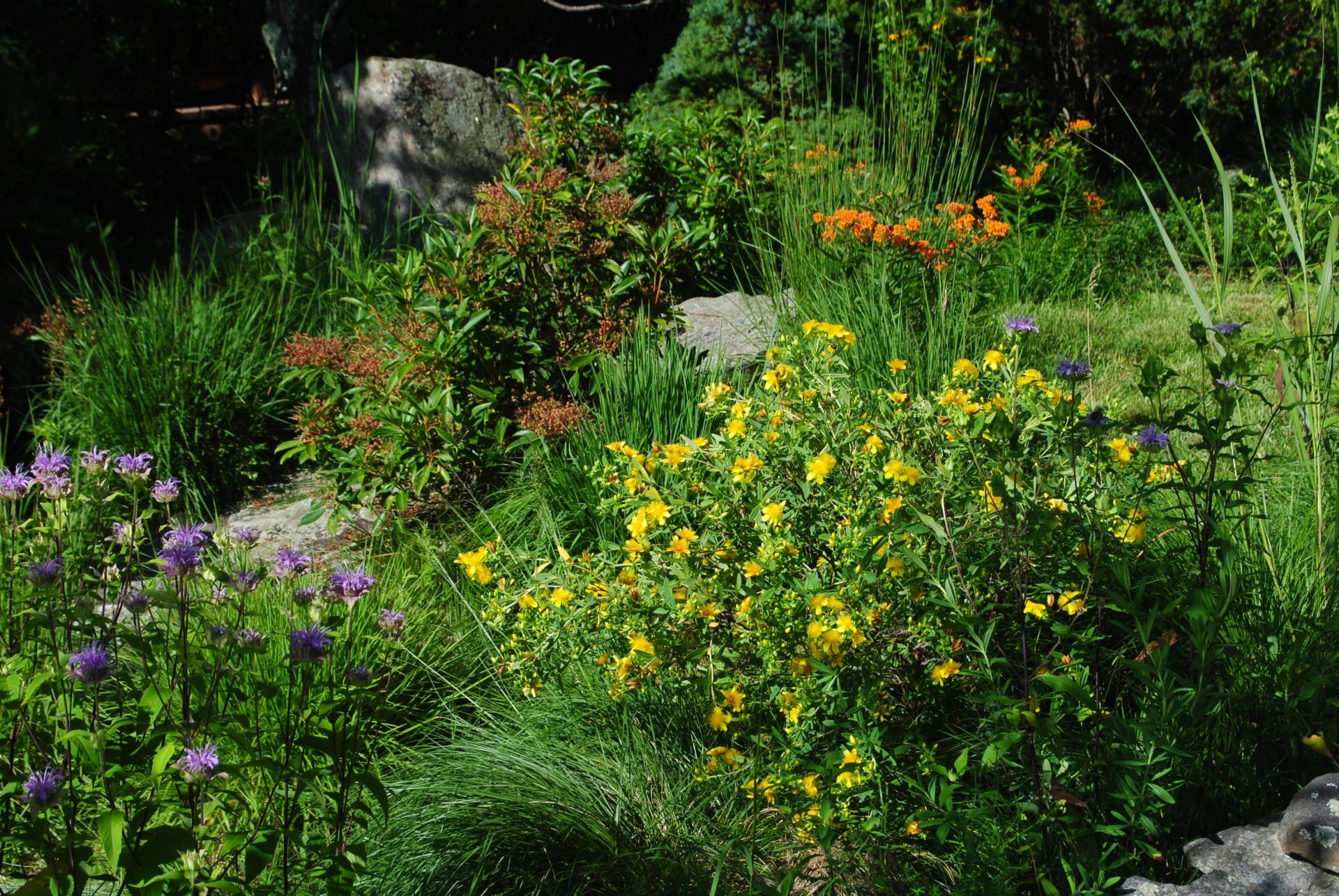
- St. John's wort and yarrow. St. John's wort and yarrow are both medicinal plants that can be used to treat a variety of ailments. They can be planted together in a shady spot in your garden.
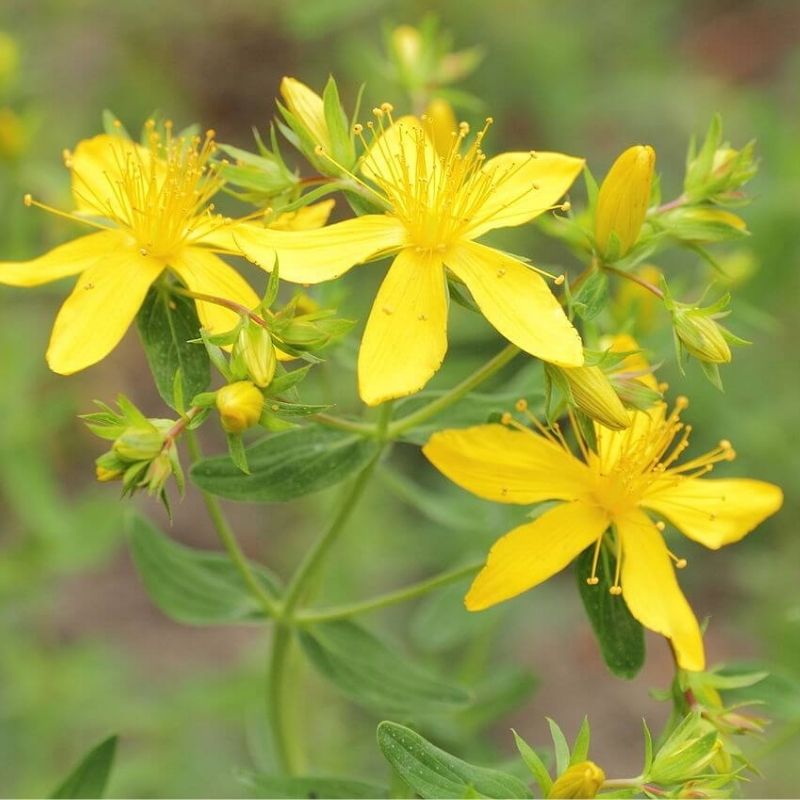
- St. John's wort and catnip. St. John's wort and catnip are both herbs that repel mosquitoes. They can be planted together in a sunny spot near your patio or deck.

- St. John's wort and goldenrod. St. John's wort and goldenrod are both tall, yellow flowers that bloom in the summer. They can be planted together in a sunny spot in your garden to create a bold and colorful display.

- St. John's wort and sunflowers. St. John's wort and sunflowers are both tall, sunny plants that attract pollinators. They can be planted together in a sunny spot in your garden to create a stunning and eye-catching display.
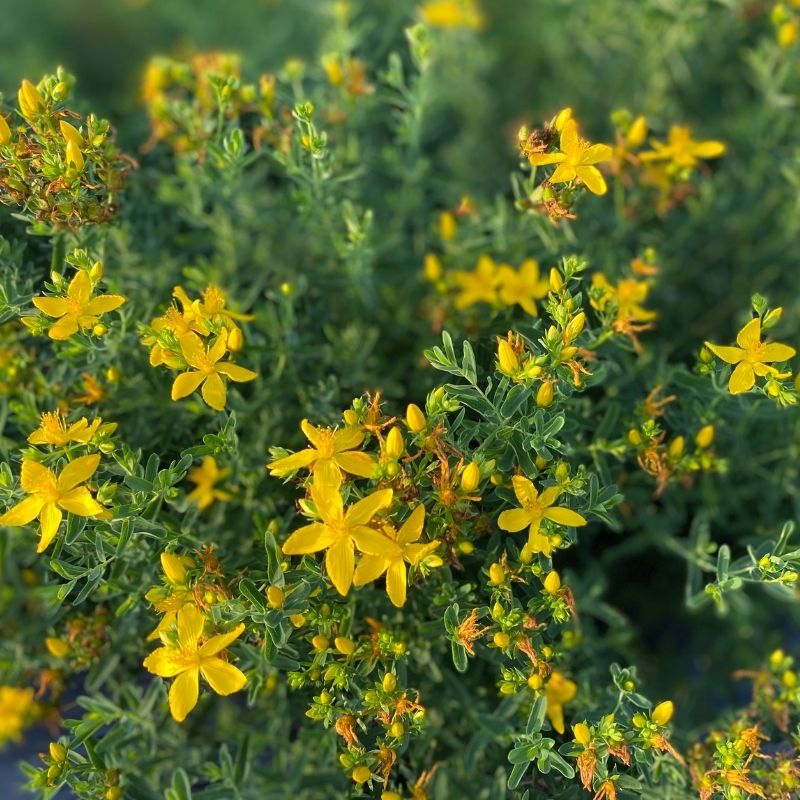

Post a Comment for "The Best Companion Plants For St John's Wort"